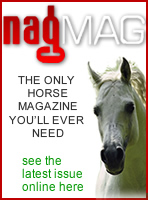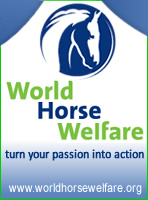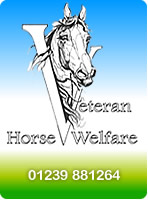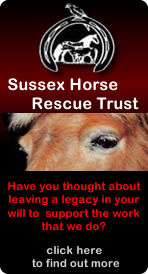
Horseytalk.net Special Interview
Society of Master Saddlers
Experts at the Society of Master Saddlers take a closer look at the intricacies of the driving harness, and unravel the mysteries of the various parts.

The Harness Journey – Driving to Success
When thinking about the driving harness the key points to remember should always be a good fit, safety and comfort for your horse or pony.
To the untrained eye the driving harness can look like a jigsaw of different straps of leather but once you become familiar with the different pieces it becomes a simple but effective piece of tack, allowing a horse or pony to pull various types of horse drawn vehicles.
The main pieces that make up the harness are the bridle, reins, breast collar and breeching.
The bridle is much like any other normal bridle apart from the addition of the blinkers; these are small squares of leather attached to the bridle to cover the horses' eyes, to help keep their focus going forward and not be distracted by things to their side. The noseband helps stabilise the blinkers.
The breast collar sits across the horse's chest and is an essential part of the harness as this allows the horse to pull the carriage or trap; this should lay on the widest part of the horse's chest.
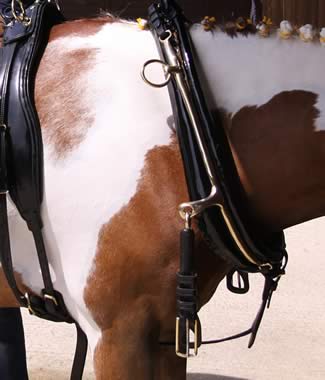 A full collar is fitted around the widest part of the horse's neck, as would commonly have been seen on heavy horses pulling farm equipment; this would allow the horse to use its full weight and strength.
A full collar is fitted around the widest part of the horse's neck, as would commonly have been seen on heavy horses pulling farm equipment; this would allow the horse to use its full weight and strength.
The collar itself is made up of 11 different parts; including the Reins, Rein terret, Terret, Pad, Tug, Bellyband, Wither strap, Neck strap, Breastcollar, Girth and Trace.
Driving reins are longer than standard reins and the rein terrets guide the reins from the bridle to the driver, preventing them from becoming tangled or snagged on the harness.
The Pad sits in the position of the saddle and is a small supportive piece of the harness that lies on the horse's back.
The tugs support the shafts of the carriage and the belly band strap fits loosely under the belly of the horse, outside the girth and prevents the shafts rising up and the Trace is the straps or chains which take the pull from the breastcollar.
The breeching is the harness's braking system and has a wide strap that lies across the horse's hindquarters and smaller straps lay across the croup. Hold back straps attach to rings on the shaft of the cart.
There are six different pieces that make up the breeching, including the Crupper, Loin strap, Back strap, Breeching strap, Breeching and Trace Carrier.
The Crupper goes underneath the horse's tail. Care must be taken to ensure the crupper is clean and lays flat to avoid hair becoming trapped. The back strap attaches by looping through the crupper D at the rear of the pad or surcingle to attach the crupper.
The Breeching straps fit round the horse's haunches allowing it to set back and slow the carriage.
A good quality leather driving harness that is well cared for will last many years.
When harnessing the horse to the carriage, the carriage must always be brought to the horse, never reverse the horse into the carriage, for this reason and safety, harnessing a horse to drive is usually a two person job.
Carriage driving offers a range of classes for all abilities and is also a very inclusive sport for people with disabilities.
To find out more information on the Society of Master Saddlers visit www.mastersaddlers.co.uk or contact on 01449 711642.
